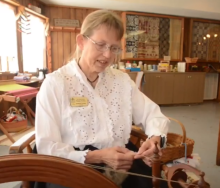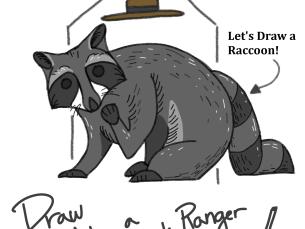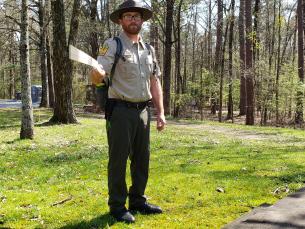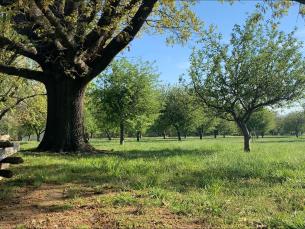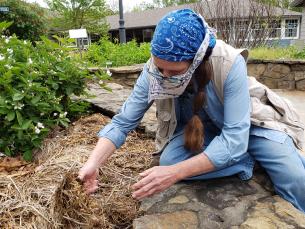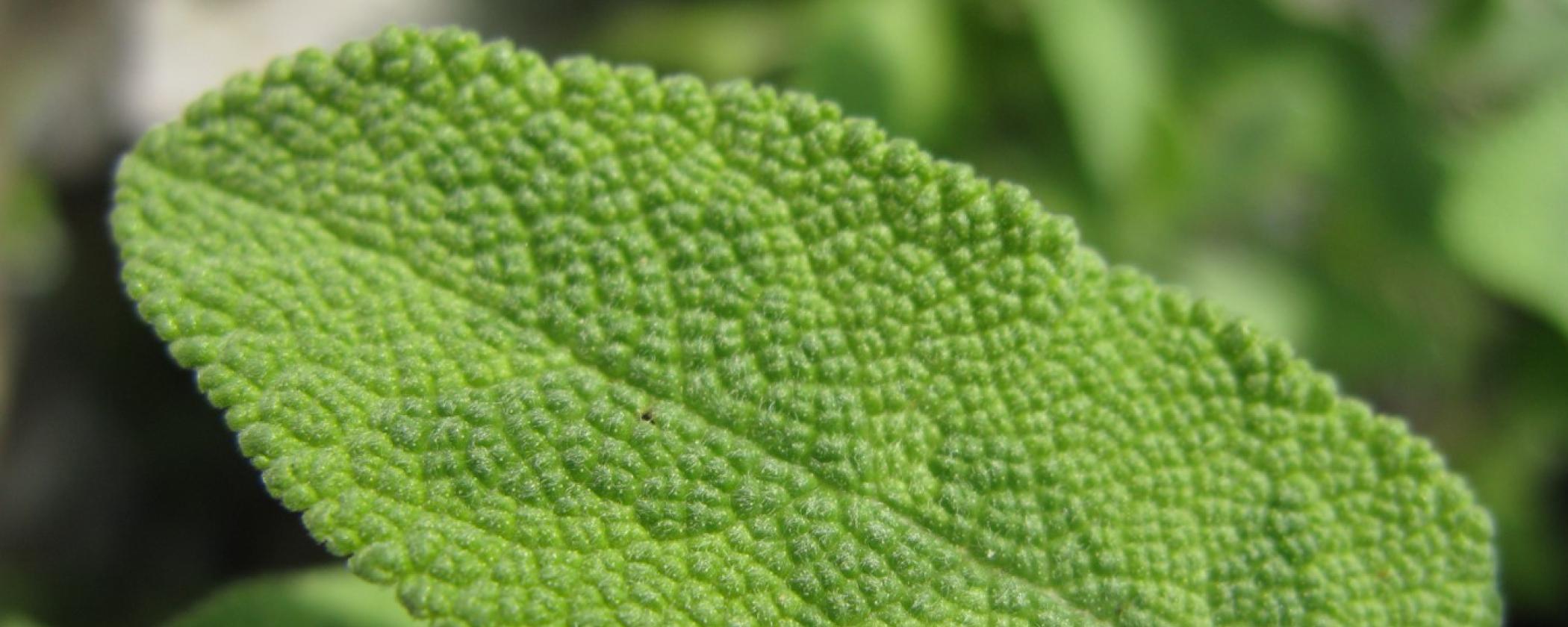
Creative Mulching for Spring Gardens
By: Jeanette LarsonThe Ozark Folk Center State Park in Mountain View, Arkansas, is a working community of musicians, artisans, and gardeners who work to perpetuate the Ozark way of life. The park’s Heritage Herb Garden is located throughout the Craft Village, which is open April through November. You can follow and interact with park people and happenings on the Ozark Folk Center State Park Facebook page. Our stories and music are shared on Ozark Highlands Radio, produced here in the park.
The Heritage Herb Garden at the Ozark Folk Center State Park graces the park with visual colors and textures along with sweet and pungent aromas, and it helps us to interpret the history of the human use of plants.
Gardening is a great form of stress relief. It gets you outside and gives you the joy of growing your own food, flowers, and herbs. However, gardening can quickly get expensive and you don't want to spend any more money than necessary on your garden. If you do your research and look for creative ways to meet the needs of your soil and your plants, you can cut down on the costs. Many people are gardening now for the first time, or more seriously than ever before. Seed choice, planting dates, soil composition, and bed types are all important factors. After you figure all that out and get your plants in the ground, you need to consider mulch. Mulch not only helps keep down weeds, but it can also be a money saver.
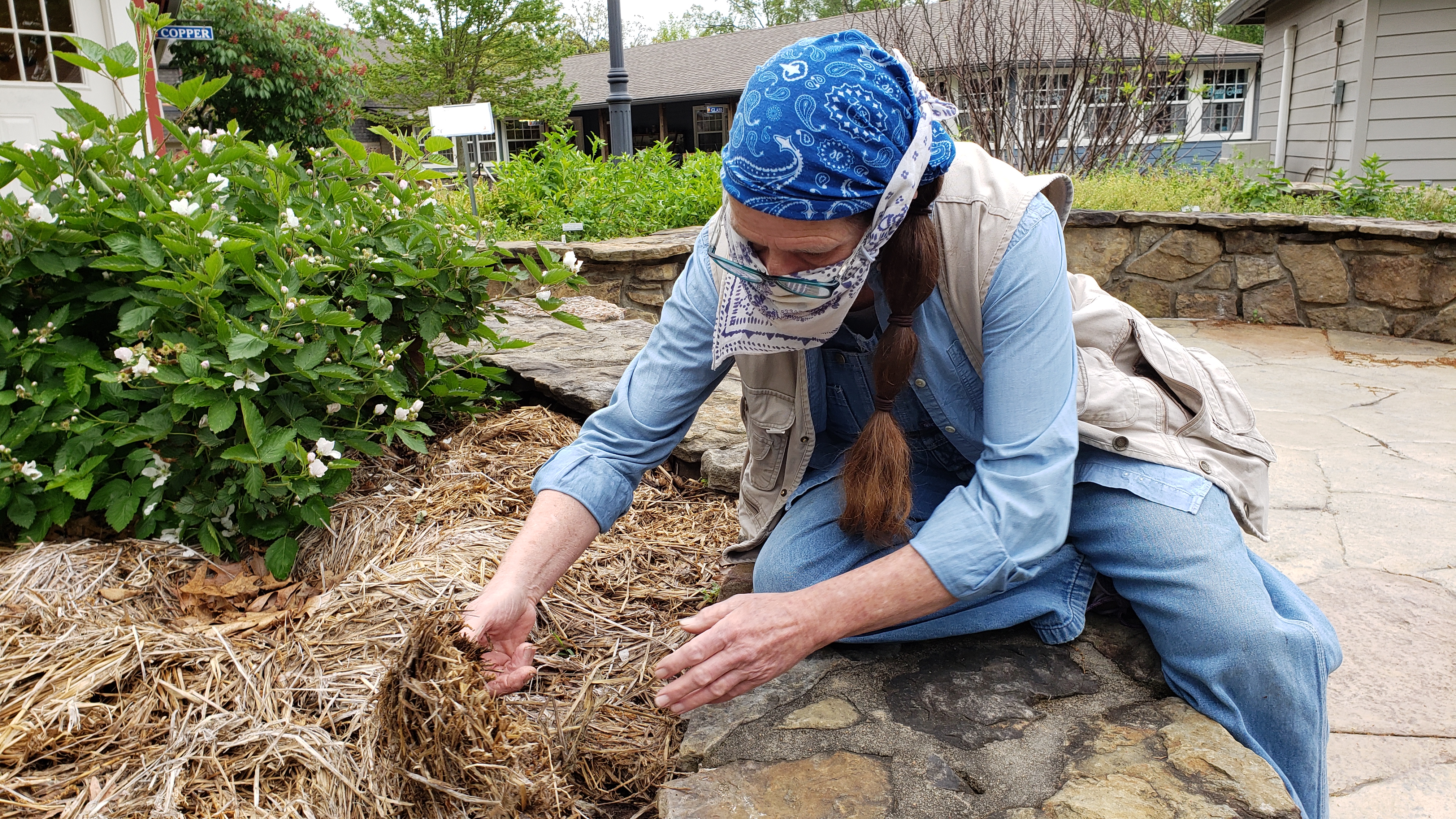
“Mulch helps stabilize the moisture level of the soil. This keeps your plants healthier and saves on water bills,” says Tina Marie Wilcox, Head Gardener and Herbalist at the Ozark Folk Center State Park. “Mulch protects soil life by retaining moisture and reduces the loss of topsoil from high winds and driving rain. Botanical materials such as bark, straw, hay, rice hulls, cotton seed meal, and tree leaves will decompose, contributing organic matter to soil.”
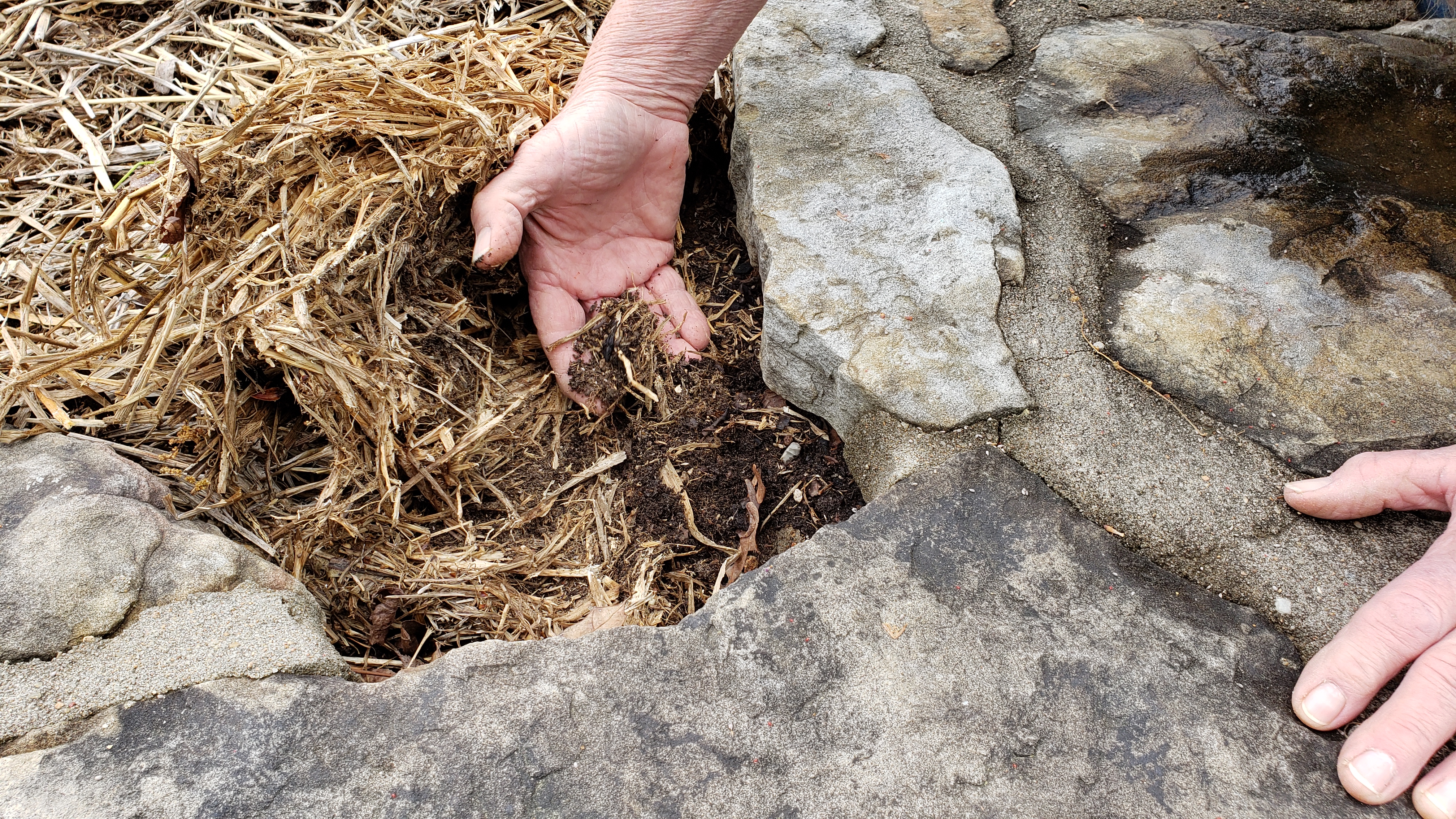
For plants that live in partial shade, consider using leaf mulch. Leaf mulch can encourage fungal disease, so consider types of plants carefully when adding leaf mulch or leaving the leaves that have collected over the winter. Gently peel back the layer of leaves to check on the health of the plants and reduce the amount of leaf cover by pulling it out by hand, but do not rake or blow the leaves away. That level of violence disturbs the soil and the established plants that you may want to keep.
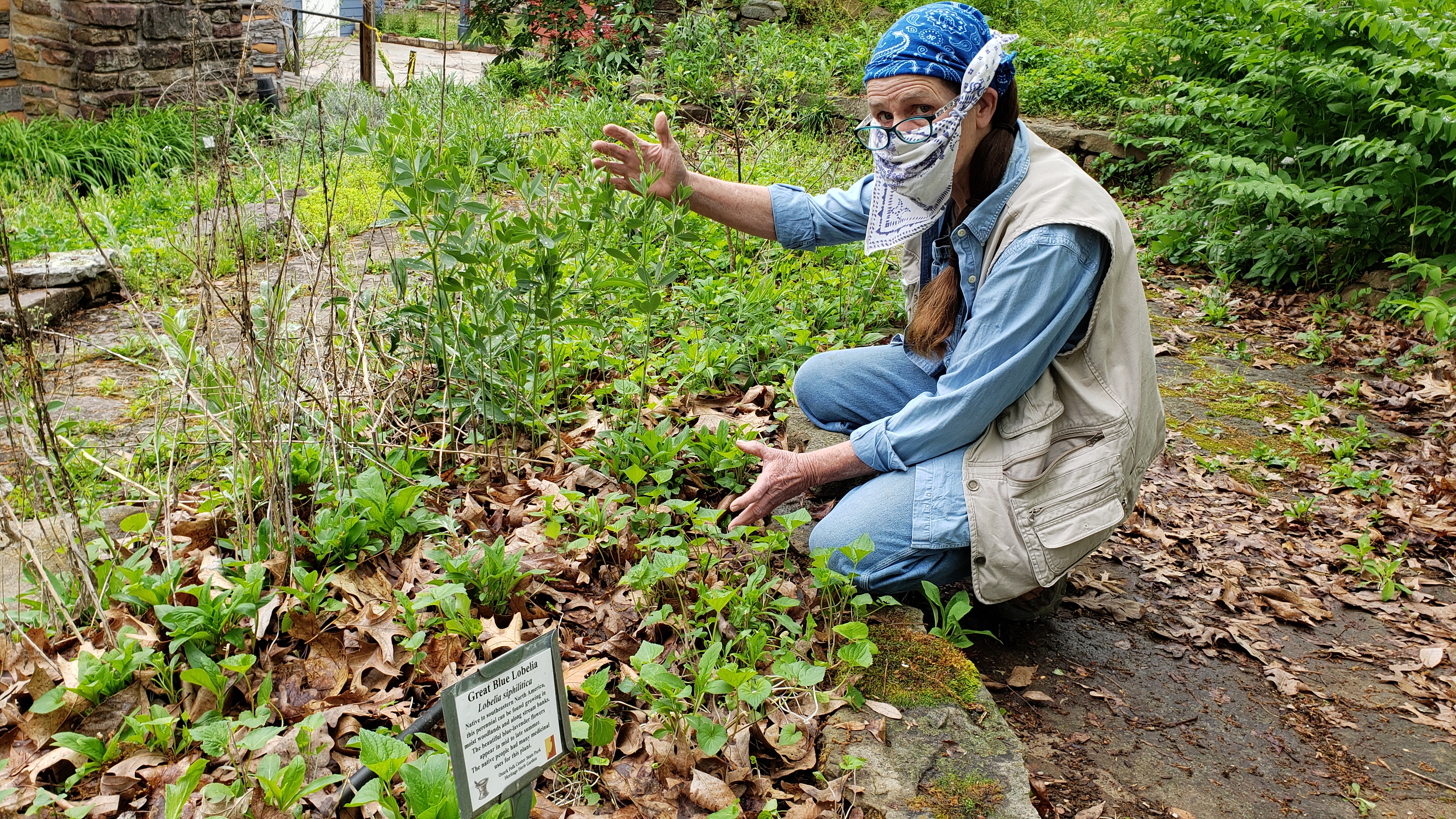
“Wood products such as bark and sawdust are best used in pathways because these will rob nitrogen from the soil as it decomposes, resulting in stunted plant growth,” advises Wilcox. “Mineral-based mulches such as coarse sand, greensand, ground granite, crushed oyster shells, gravel, and stones can be used around Mediterranean herbs such as sage, thyme and lavender. Minerals will filter down into the soil, suppress weeds and reflect light under the leaves.”
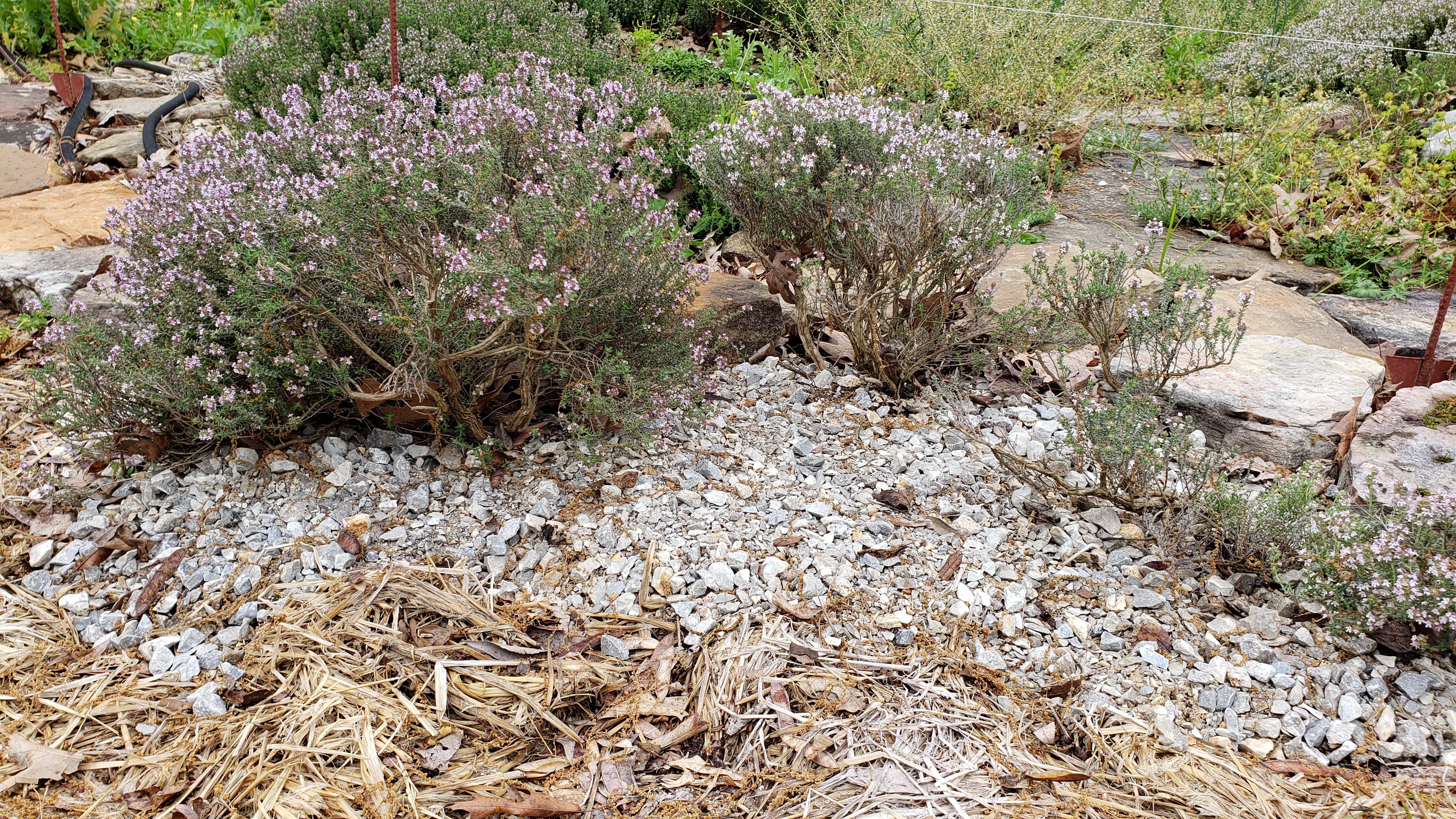
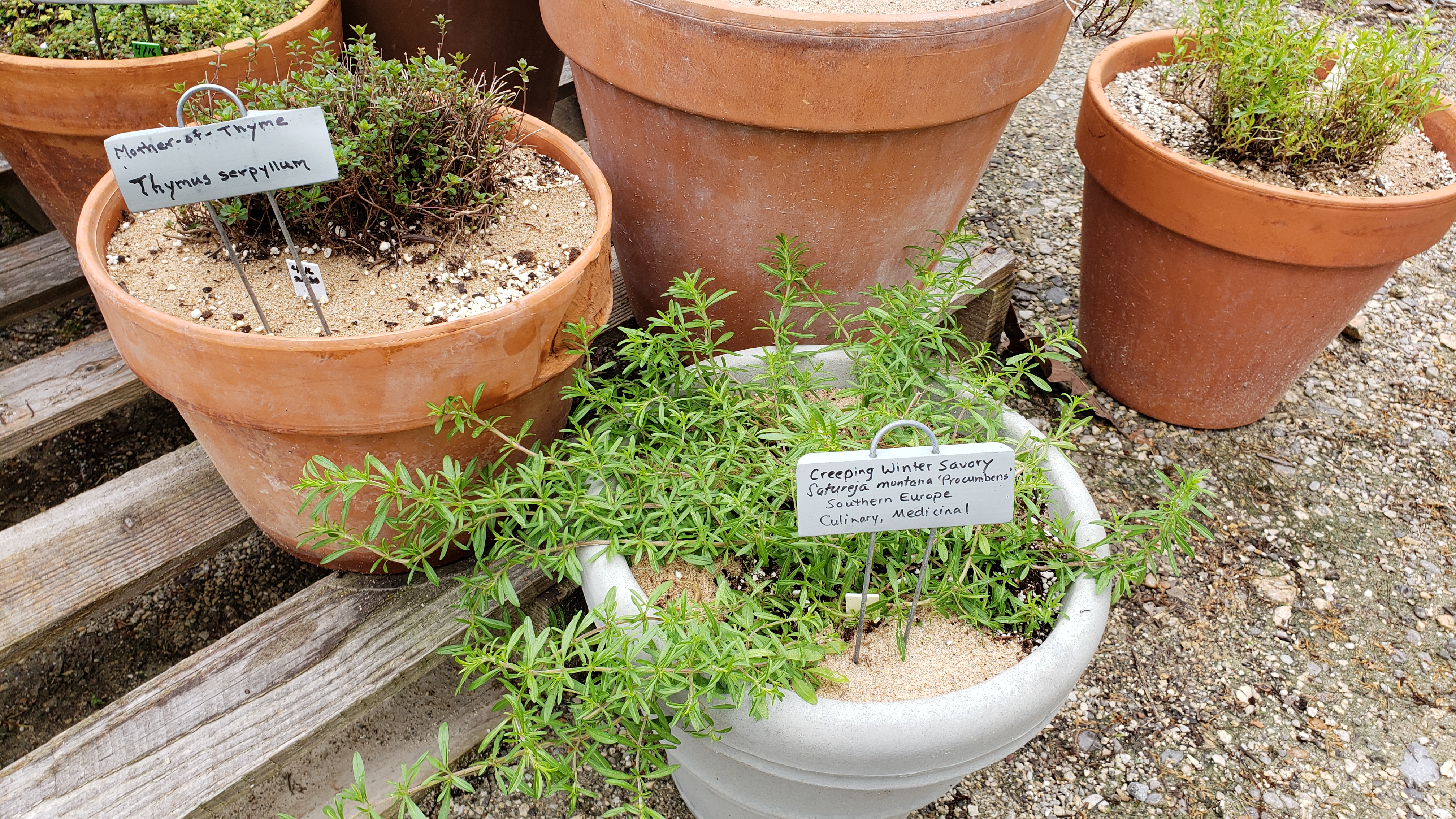
Don’t forget mulch for container gardens. Containers tend to dry out more easily than in ground gardens, so mulch is even more important for these plants. Here, rosemary plants in the park’s raised Kitchen Garden thrive in a mulch of gravel. Wood mulch in the foreground is used to suppress weeds, and in the pots, succulents and herbs thrive with mulches of crushed oyster shells and sand, respectively.
Some other mulches to consider are less traditional. While there are pros and cons of using paper and cardboard as mulch, they are materials to consider.
Personally, I have used cardboard with success for weed and grass suppression in my Arkansas Ozark gardens. With the growth of online shopping, and the proliferation of cardboard boxes being delivered to homes, it is readily available. I use it under hay or wood shavings between beds to keep grass down. I use it for weed suppression, under a layer of old hay, on beds I plan to plant later in the year. Be sure to use only plain cardboard, not coated or glossy paper. Remember to pull the tape and stickers off the boxes, too. Cardboard is not something I leave covering the soil long-term. After the summer gardening season, I pull it up and put it in the compost pile over the winter. It composts down within a year.
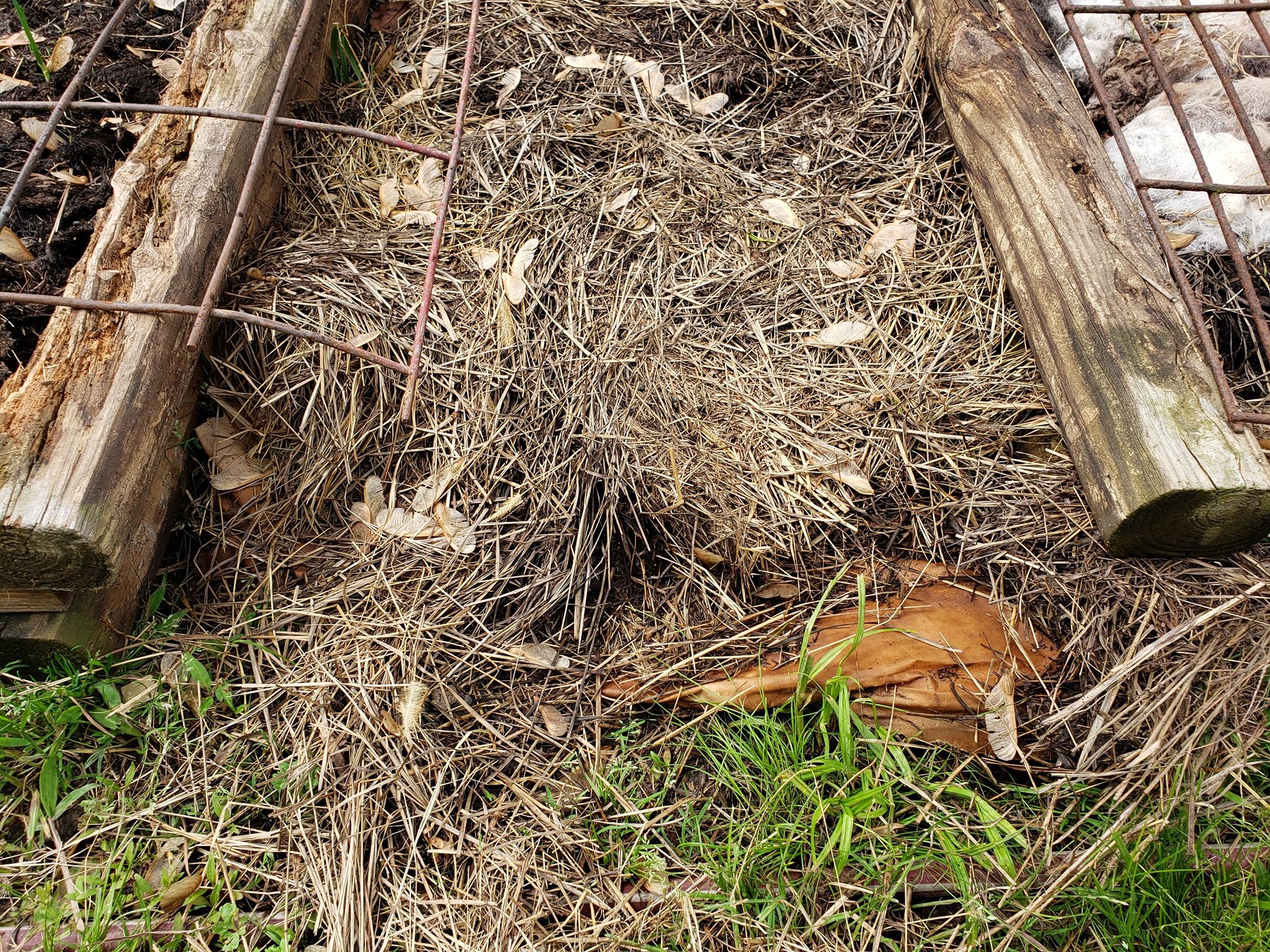
A unique mulch that works well if you have access to it is wool, or hair. If you have a pet that sheds a lot, mulching may be a use for all that fluff! Or you could put out a query on social media offering to buy waste wool from local shepherds. When sheep, llamas, alpacas, or angora goats are sheared there is usually dirty wool on the belly’s, legs, necks, or hind ends of the animals. This wool is often thrown away, but it makes an effective mulch.
Studies have been done showing that wool increases vegetable production and improves the nitrogen in the soil. It does not breakdown easily and is a mulch that I remove and move around the beds as needed. We have a wool mulch demonstration project in the park’s Dyer’s Garden near the Fiber Arts Shop in the Craft Village, where we grow dye plants such as woad and madder. The woad has been mulched with wool for two years and is growing well this spring.
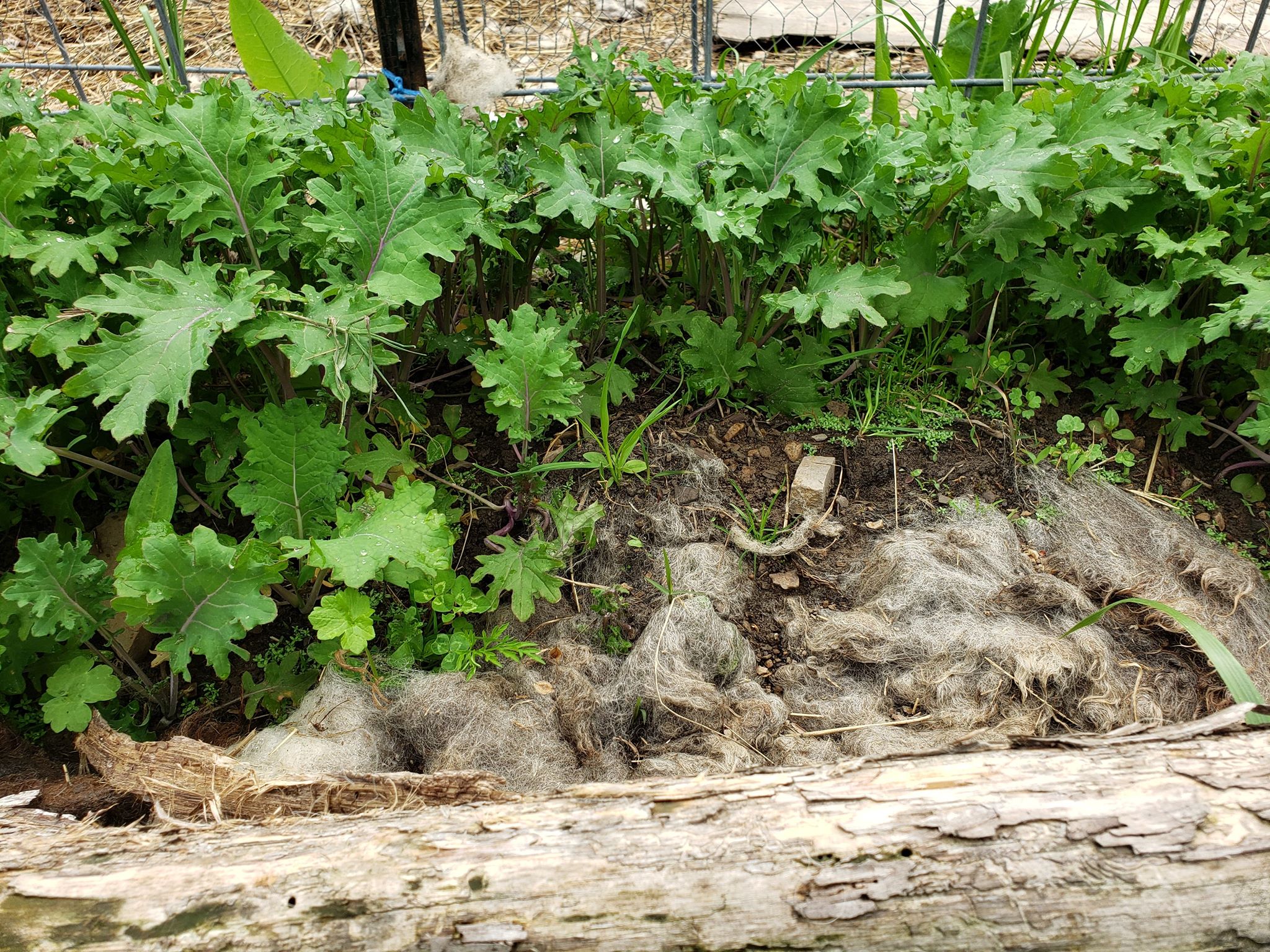
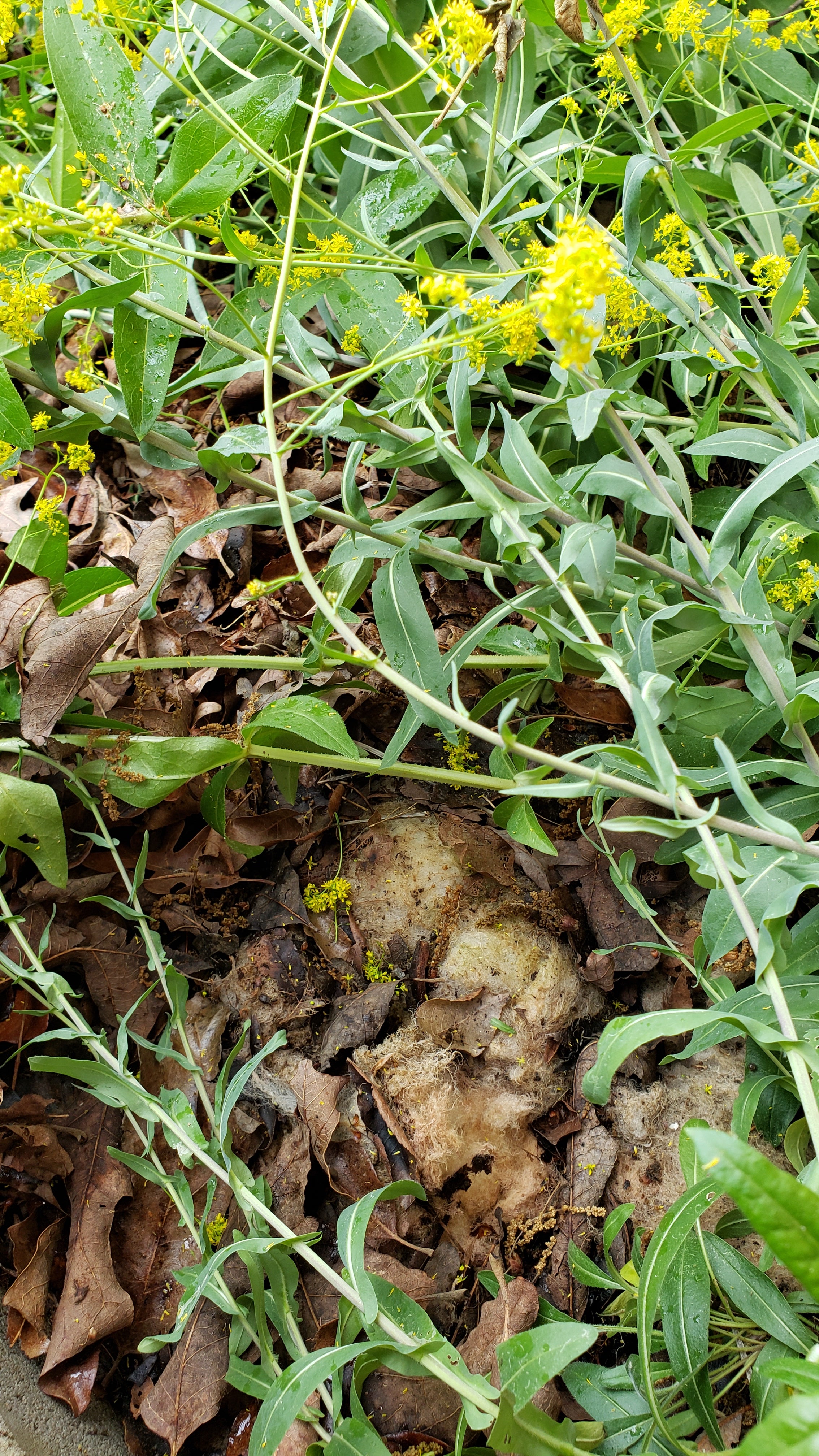
“An adequate thickness of mulch will suppress the germination of weed seeds. Finally, mulch provides a visual finishing-touch to planted beds,” says Wilcox.
Make plans to join us soon in the Heritage Herb Garden at the Ozark Folk Center State Park! It is a wonderful place explore the visual colors and textures--along with sweet and pungent aromas--of Ozark traditions, and it helps us to interpret the history of the human use of plants.
If you have any questions about mulching, or gardening, please contact us here at the Ozark Folk Center State Park at OzarkFolkCenter@Arkansas.com. You can follow park happenings on our Ozark Folk Center State Park Facebook page – be sure to like the page for updates. In the park’s open season, Tina Marie Wilcox leads a Garden Tour at noon every Wednesday, and many other programs, concerts, and workshops are listed on the online calendar of events.
We look forward to seeing you soon and hearing about your gardening and mulching experiences!
